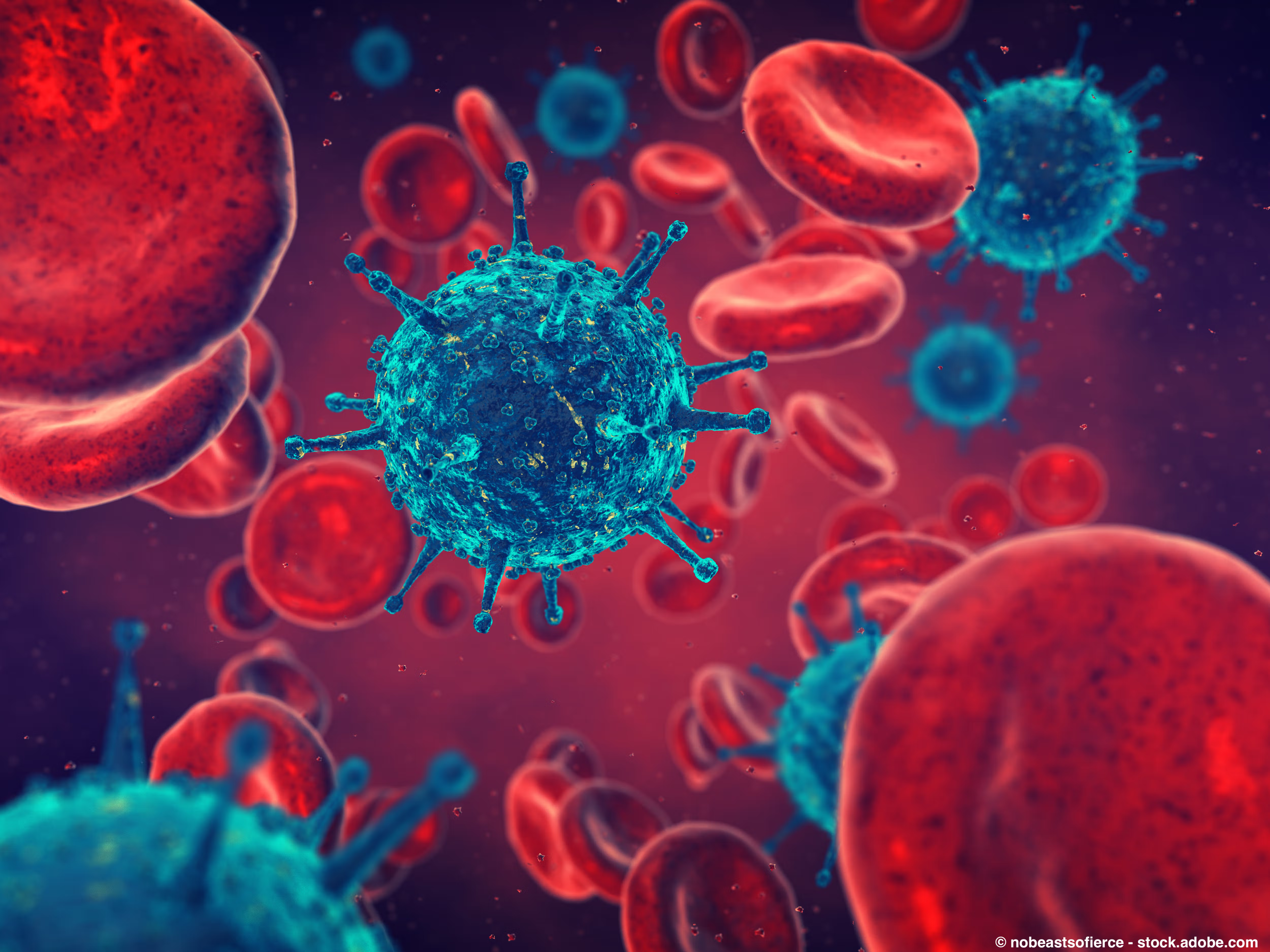Article
Safety Data for TKI Cessation Emerges for Chronic Myeloid Leukemia
Author(s):
Recent studies found that for certain patients with CML, it is possible to safely reduce or stop TKI treatment.
It is safe to stop or dose-reduce tyrosine-kinase inhibitors (TKIs), without risking poorer long-term outcomes for patients with chronic myeloid leukemia (CML) who have obtained a major molecular response (MMR), according to findings from two studies presented at the 2016 American Society of Hematology (ASH) Annual Meeting.
In the EURO-SKI trial, the 18-month molecular recurrence-free survival (mRFS) rate was 52 percent following TKI discontinuation. At 36 months, 47 percent of patients remained free of molecular recurrence. Treatment duration effectively predicted which patients would relapse, with better mRFS seen in those treated for longer than 5.8 years.
"This trial, which is close to true life, demonstrated that half of patients are still off treatment without molecular recurrence with a median follow-up of 15 months," commented lead investigator Francois-Xavier Mahon, M.D., Ph.D., University of Bordeaux, Bordeaux, France.
In a second study, labeled DESTINY, the TKI dose was cut in half for 12 months followed by treatment cessation. During the reduced dose phase, only 6.9 percent of patients relapsed. The depth of response at baseline was predictive of relapse, with more recurrence seen in those with MR3 versus MR4.
"Many patients are uncomfortable stopping therapy completely but are much more comfortable reducing the dose of therapy," said the senior author of the DESTINY study Mhairi Copland, M.B. Ch.B., Ph.D., F.R.C.P., FRCPath, Paul O'Gorman Leukaemia Research Centre, University of Glasgow, Glasgow, United Kingdom. "The ability to reduce the dose safely really does make this an option for much more patients."
The EURO-SKI trial enrolled 821 patients with chronic phase CML across 11 European countries. Patients were monitored during a screening phase for up to six weeks, to ensure a molecular response prior to stopping treatment. In the first year, follow up and molecular testing by RQ-PCR was conducted every four weeks for the first six months followed by every six weeks. After the first year, testing was conducted every three months.
Overall, molecular data were assessable for 755 patients, 373 of which experienced a molecular recurrence, which was defined as the loss of MMR (BCR-ABL greater than 0.1 percent). Most recurrences were in the first six months (78.3 percent). There were four deaths among those who experienced remission.
Treatment and MR4 duration prior to stopping therapy significantly correlated with MMR status at six months. Each additional year of treatment increased the chances of staying in MMR at cessation by 16 percent. Those treated with imatinib for more than 5.8 years had a six-month mRFS rate of 65.5 percent compared with 42.6 percent for those with a treatment duration up to 5.8 years.
"Longer duration of imatinib-therapy prior to TKI-stop correlates to a higher probability of relapse-free survival," Mahon said. "Gender, age or any of the other variables in EUTOS or Sokal-scores do not predict the probability of successful TKI-stop."
In the smaller DESTINY trial, 174 patients with chronic phase CML were enrolled. These patients had received a TKI for at least three years and were required to have at least MR3. Patients were receiving imatinib (148 patients), nilotinib (16 patients) and dasatinib (10 patients). The median duration of TKI therapy was seven years.
For the first 12 months of the study, patients received a half dose of therapy, which included imatinib (200 mg), nilotinib (200 mg BID) and dasatinib (50 mg). After this point, treatment was discontinued. If there was a molecular recurrence, the full dose was reinstated. All patients who lost MMR in the study regained MR3 within of four months of the dose being escalated.
In those with MR3 at baseline (49 patients), the recurrence rate was 18.4 percent. The median time to relapse was 4.4 months (range, 3.2-8.1). For those with MR4 at baseline (125 patients), the molecular recurrence rate was just 2.4 percent, with a median time to relapse of 8.7 months (range, 8.4-10.7).
There was a significant reduction in adverse events within the first three months of the dose reduction, specifically for lethargy, diarrhea, rash, nausea, periorbital edema and hair thinning. However, 21 percent of patients reported new mild and transient musculoskeletal symptoms. The FACT‐BRM or EQ‐5D quality of life scores remained consistent between baseline and after the dose reduction, suggesting that AEs do not impact quality of life, Copland suggested.
In addition to lower adverse events, there were also financial implications. The authors of the study, which was conducted in the United Kingdom, predicted that halving treatment saved £1,943,364. This was equivalent to a 46.7 percent reduction in costs.
"We already have a number of patients who have gone on reduced therapy because of side effects. You're looking to get balance between response and minimization of side effects. So, in some patients, we're already doing this," Copland said. "This will be more widely adopted, now that we know that for patients who are responding we can safely reduce therapy."
Based on the findings from the EURO-SKI trial along with supporting evidence from DESTINY and other studies, Mahon feels confident that TKI cessation will soon be incorporated into various treatment guidelines for CML. He plans to propose the addition of TKI cessation to the European Leukemia Net guidelines in early 2017.




